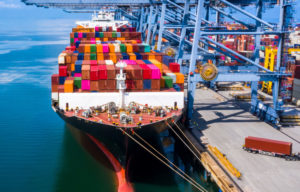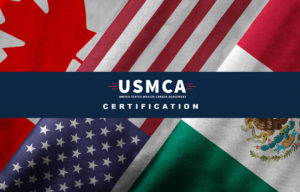News & Insights
List 3 Tariffs under Section 301 Action against China Slated to Take Effect on September 24th
On September 17th, the USTR issued the final list of items that will be subject to the new set of tariffs to be imposed under the Section 301 action against China. On the same day, the President issued a statement that the new tariffs will go into effect on September 24, 2018. List 3 covers 5,745 tariff items; however, roughly 297 items were removed from the list by the USTR (e.g., smart watches, Bluetooth devices, certain chemicals used manufactured goods, textiles, agricultural products, bicycle helmets, car seats, playpens, etc.).
Initially, the tariff rate that will be applied to the List 3 goods will be 10% through the end of this year. That rate will be increased to 25% on January 1, 2019 if China does not enter good faith negotiations by that date. In addition, the President stated that if China “takes retaliatory action against our farmers or other industries,” the US will increase tariffs on an additional $267 billion of goods from China (i.e., a possible “List 4”).
Although the USTR’s notice and the President’s statement did not mention a product-specific exclusion request process for the List 3 tariffs; however, we anticipate that such a process will be introduced in due order in the same way that they were rolled out for the goods subject to the List 1 and List 2 tariffs that are currently in effect.
- Link to the USTR’s notice: https://ustr.gov/about-us/policy-offices/press-office/press-releases/2018/september/ustr-finalizes-tariffs-200.
- Link to the President’s Statement: https://www.whitehouse.gov/briefings-statements/statement-from-the-president-4/
- Link to the Final 3 Tariff List: https://ustr.gov/sites/default/files/enforcement/301Investigations/Tariff%20List-09.17.18.pdf
The Section 301 tariffs imposed by the United States against China continue to be a fluid situation. It is critical for U.S. companies to review the products subject to the List 3 tariffs, assess how these measures may impact their international operations, begin preparing exclusion requests that may be submitted quickly as soon as that process is announced by the USTR, and stay up-to-date on new developments as they rapidly arise to ensure that they have sufficient lead time to adapt to changes that will impact their international supply chains.
If you have any questions pertaining to the increased tariffs under Section 301 or other international trade issues, please contact Melissa Proctor (melissa@millerproctorlaw.com) at Miller Proctor Law PLLC (melissa@millerproctorlaw.com).
News & Insights

Update on Recent COVID-19 Developments for Importers and Exporters – New Information Added
The table below provides a summary of recent import and export developments announced by the U.S. federal government agencies shown below (as of March 27, 2020). New information is shown below in red, and additional updates will be provided as new

U.S. Suspends Export Privileges of Chinese Tech Giant ZTE
On April 16th, the U.S. Commerce Department’s Bureau of Industry and Security (“BIS”) imposed a denial order against ZTE Corporation and ZTE Kangxun Telecommunications, Ltd. (“ZTE Kangxun”), located in Shenzhen, China, for making false statements in violation of the companies’


